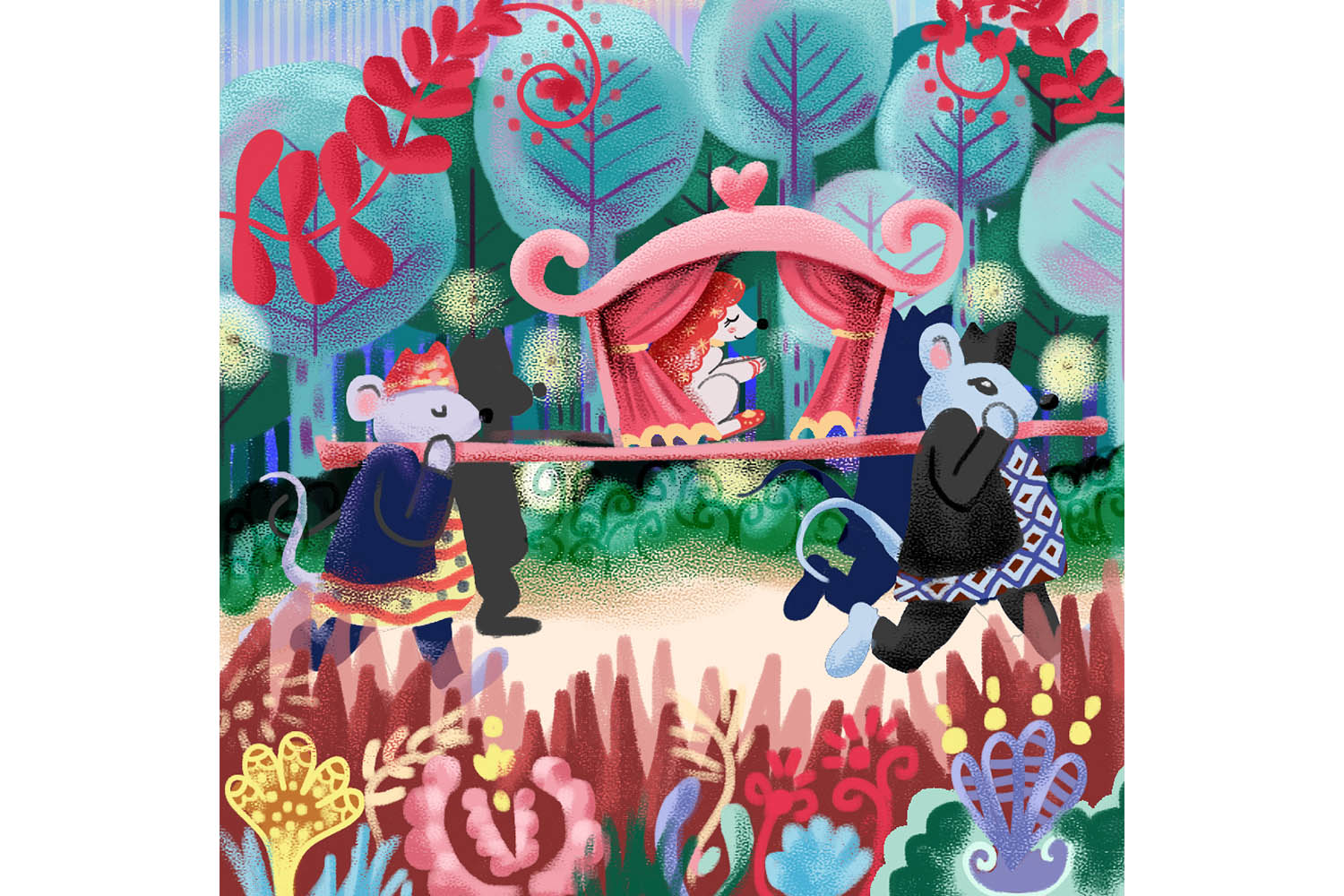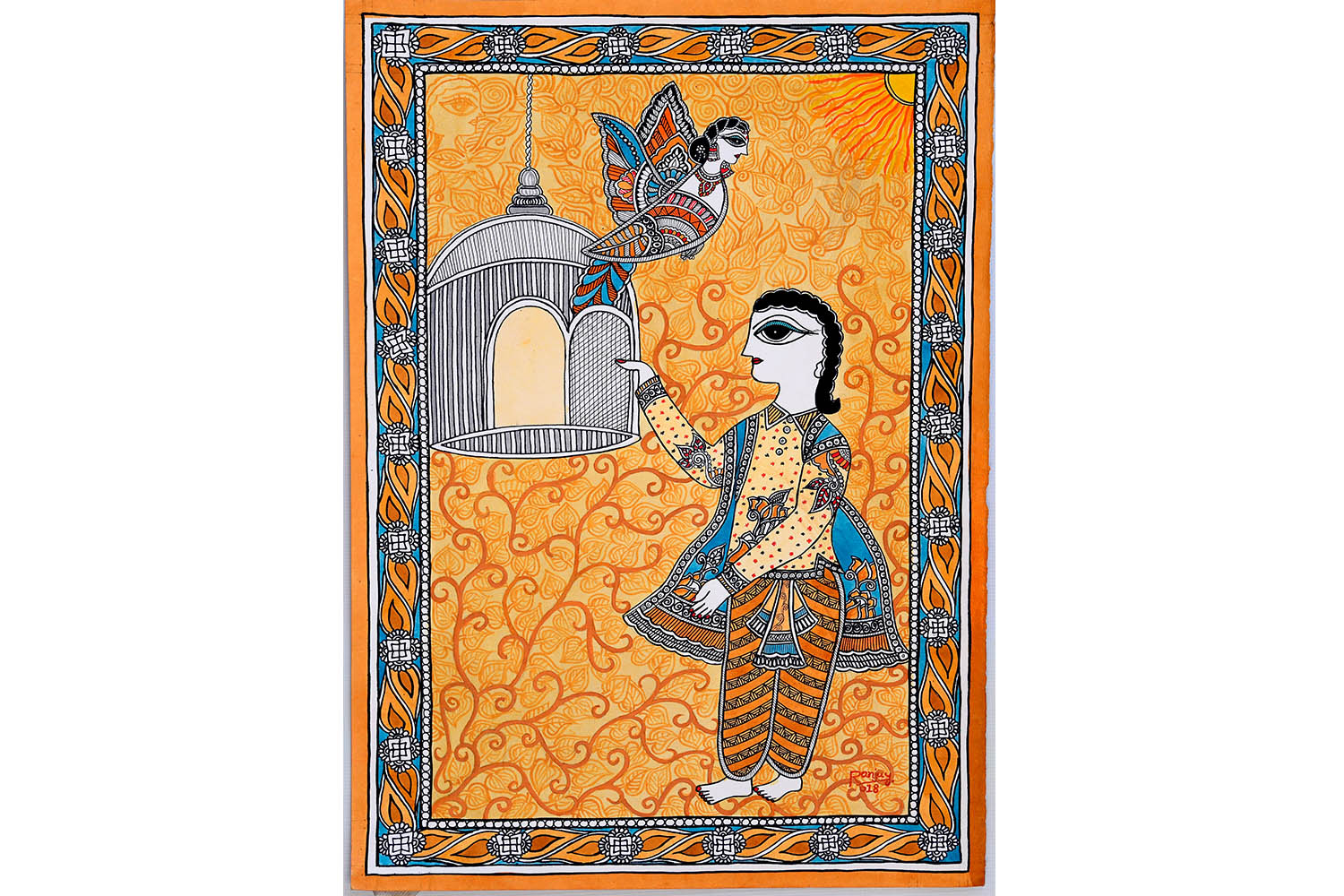Arts
Can art sustain the artist?
From traditional Thangka paintings to contemporary Mithila art, artists are finding ways to support their careers in a challenging market.
Anish Ghimire
Many questions arise when pursuing an unconventional career path. The first and foremost is how to sustain a livelihood and earn enough. Talent alone isn't enough to thrive—financial support is crucial. Without it, an artist can only reach so far. The passion for working with colours and creating something meaningful in life may not be sufficient.
A popular example of this discussion is the Dutch painter Vincent Van Gogh. Throughout his short life, he remained poverty-stricken, even though his works are considered the foundations of modern art. His prowess was realised after he had passed on. His paintings are priced at over one hundred million today. Another famous artist who lived quite a contrary life was Pablo Picasso. He earned enough and spent lavishly. An article in Vanity Fair reported that when he died, he left behind property worth millions of dollars.
So, what does it take to make it in an unconventional field like art? How can artists make their mark in this evolving landscape and earn enough to keep at it?
Artist Seema Sharma Shah studied painting. In 1998, she earned a PhD in History of Art from Banaras Hindu University. She has displayed her artworks in more than 70 shows in Japan, Korea, the USA, the UK, the Netherlands, France, India, Nepal and more. With her vast experience, she tells me, “If someone passionately and dedicatedly pursues art as a career, this can be a stable means of income,” however, she adds, “The same might not be true for people who pursue art as a hobby.”
In her conversations with Nepali artists, she learned that many have made art a way of life and have succeeded. This became possible only recently because “the market has begun to understand the value of art,” she says. Analysing the art scene in Nepal, she says that many prospective buyers today look for originality in an artist’s work, and a copy of a foreign style is not entertained.
“If an artist's work connects with the audience and communicates in a way that ordinary people can understand, that is the key to sustainability,” she says, who currently works as an Associate Professor at the Central Department of Fine Arts at Tribhuvan University.

When I asked Shubha Joshi if sustaining life through art was possible, she told me the question took her back to 2015. Her family had raised the same question back then when she decided to study for a Bachelor’s degree in Fine Arts. “But today, things have changed,” she says, who graduated from Kathmandu University, School of Arts with a major in graphic communication in 2019.
“I feel that today, more young professionals, whether artists or not, are embracing careers that are exploratory and not strictly planned,” she says. Having studied fine arts, she has observed many of her peers carving out their paths in the art world. “I believe that artists carry technical skills, and a lot of them are transferable, which they can use to their advantage when finding work,” she tells me, who currently works as an illustrator and a graphic designer.
Graduates in graphic communications often work in offices or design agencies in roles like graphic designers and UI/UX designers, while studio graduates often work in open galleries or pursue freelance work such as storyboarding, animation, or creating customised art. Joshi says she has worked with startups, design agencies, art galleries, publishers, and NGOs. She also tried selling some of her art prints on the market, but the return was disappointing.
“People’s mindset regarding art is progressive, but the Nepali art market is slow in growth,” she says, adding that sustaining a career in this field is possible with adaptability, communication, and creativity.

Contemporary Thangka painter Sahil Bhopal earns enough for himself but isn't sure the same income will suffice when he marries and starts a family. Also, he believes it can be difficult for artists like him to gather a large sum of money in medical emergencies.
Bhopal’s primary source of income is through thangka paintings. He spent seven years living and studying at the Shambhala Art School within the Drukpa Kagyu monastery, Dechen Chokhor, in Himachal Pradesh. “Thangka revolves around Buddhist teachings and practices and is an essential component of Tibetan Buddhism, used for teachings, meditation, and other practices,” he says. However, the time-consuming nature of thangka creation and having to put in extensive work hours means one can only complete so many paintings.
In his experience, sustaining life solely through art can be difficult, but some art forms can be more sellable than others. “While contemporary themes intrigue me, traditional themes offer a higher likelihood of sustainability and support,” he says. He believes the traditional style instils discipline, and the art form’s charm helps artists earn well.
He notes that every sector has its upsides and downsides. To move forward, one must face both these factors. One can navigate this field's challenges with dedication, perseverance, and patience.

Mithila artist Ranju Yadav believes that artists' financial success and progress depend on their skills, qualifications, experience, and the quality and popularity of their artworks. She says, “Some artists dedicated entirely to this art form have managed household expenses, educated their children, and even acquired properties.”
Alongside creating Mithila artworks, crafting Mithila handicrafts has also become commercially successful and popular. In the Mithila region, more than one family member is often actively involved in creating Mithila art and handicrafts, earning a living and educating their children.
“However, most Mithila artists have not yet achieved long-term financial self-reliance,” she says. Still, she believes that the future of the Nepali art sector is promising, bright, and forward-looking. “In the coming days, more and more artists can fully commit to the art field and lead financially sustainable and stable lives,” For this to happen, long-term initiatives and efforts are essential.
Yadav believes that individual artists should focus on producing high-quality artworks. Additionally, institutions like art schools, universities, galleries, NGOs in the art sector, Nepali media, and Non-Resident Nepalis (NRNs) abroad can be crucial in promoting Nepali art globally and expanding their international market. “This can make more and more artists’ lives financially sustainable and stable,” she says.
Lastly, the Nepal government and relevant state bodies can ensure the financial sustainability and stability of the fine arts sector by making appropriate investments. Enhancing the quality of Nepali art and marketing them can create a more supportive environment for Nepali artists.




 15.3°C Kathmandu
15.3°C Kathmandu










